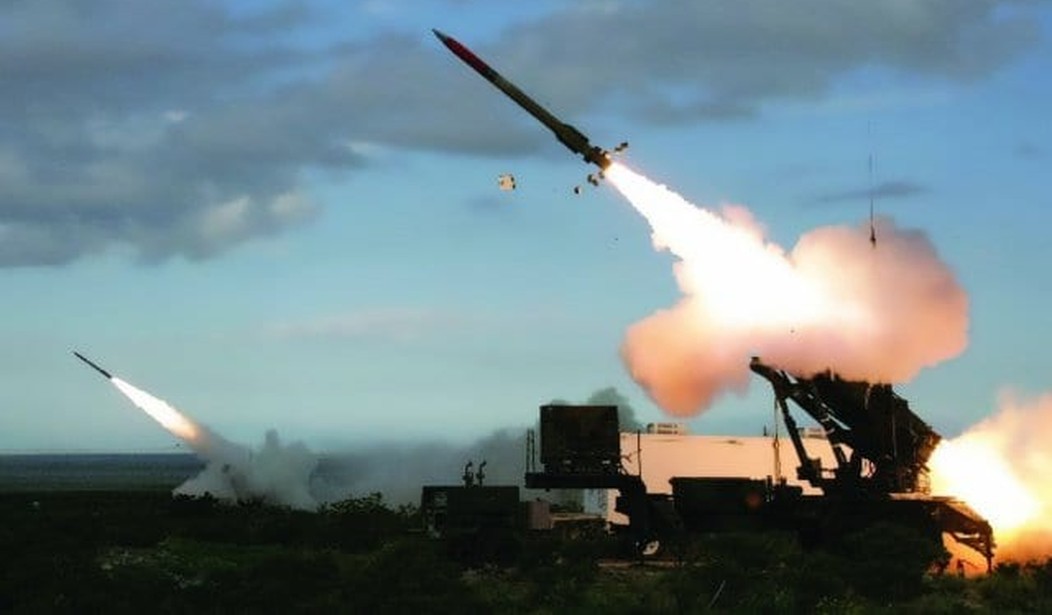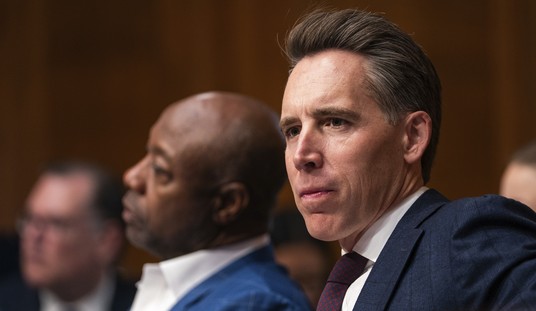Albert Einstein is thought to have warned, “I do not know with what weapons World War III will be fought, but World War IV will be fought with sticks and stones.” But that nuclear war never happened.
While our enemies developed powerful weapons, the United States showed unprecedented leadership and unprecedented restraint. Instead of using its nuclear technology to dominate the world, America worked to build up former enemies and to offer protection to allies by positioning forces around the globe. Under that security umbrella the world’s economy thrived, Communism collapsed, and the threat of global war seemed to go away.
But there’s still a threat.
The Bush administration observed the threat from rogue states as far back as 2001. “A number of such states are acquiring increasingly longer-range ballistic missiles as instruments of blackmail and coercion against the United States and its friends and allies,” it noted at that time. “The United States must defend its homeland, its forces and its friends and allies against these threats. We must develop and deploy the means to deter and protect against them, including through limited missile defense of our territory.” As if to prove the point, in recent years rogue regimes including Iran and North Korea have been testing nuclear weapons and delivery systems. Russia has unveiled a system it claims can defeat our missile defenses.
Bush started building a modern, interlocking missile defense system, one that’s capable of shooting down incoming weapons. That system is still expanding and improving. A key segment of the system is Ground-based Midcourse Defense. GMD gives our military the ability to track and shoot down incoming missiles while those weapons are still above the atmosphere.
GMD consists of some 44 interceptor missiles sited on American soil. The system relies on military radar (planes in the sky and ships at sea) to track missiles when they are fired, and then attempts to shoot them down. This is no easy task. It’s more difficult than finding a needle in a haystack; it’s more like hitting a bullet fired from a gun with another bullet from a different gun.
But the GMD system has passed its most difficult test. In May of 2017, the system intercepted an intercontinental ballistic missile target for the first time. This was the first live-fire test against an ICBM target, and GMD was provided target acquisition and tracking data by the Command, Control, Battle Management and Communication system.
Of course, we don’t want to rely completely on this system. But it’s nice to know America’s military might and diplomatic corps are being backed up by a robust missile defense array, one that is constantly evolving and improving as new technology is rolled out.
At least, it was being improved. Now, it may be killed entirely. Earlier this year Michael Griffin, the under secretary of defense for research and engineering, told contractors to stop working on updates to the Redesigned Kill Vehicle. RKV was to be the next generation of defense technology. Instead, the military will rely on existing technology for years to come, even as international threats keep growing and morphing.
The official plan is to jump to a new level of technology. But a program like this one doesn’t jump from success to success. It crawls forward, sometimes succeeding and sometimes failing, but always learning and developing. The GMD program won’t benefit from a pause in development, and in fact may not survive such a pause.
Some lawmakers are taking note of the risk.
“I plan to dig deep into the assumptions made and details of the decision-making undertaken that led to what I hope is not this short-sighted decision,” warns Sen. Dan Sullivan. His home state of Alaska is very much on the front lines when it comes to missile defense.
No matter what happens, the U.S. will maintain some missile defenses. But without GMD, we won’t be as safe as we could be or deserve to be. The Pentagon should reverse course, and keep the GMD moving forward. Just in case.









Join the conversation as a VIP Member